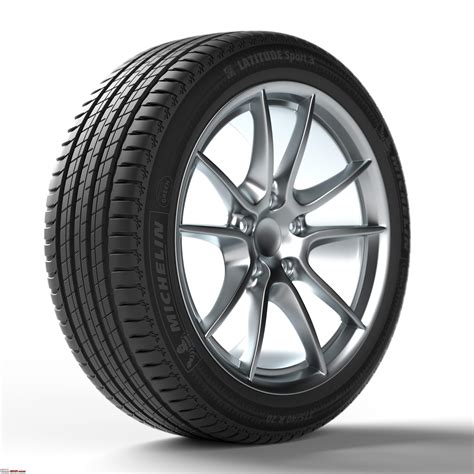
Tyres for almost every type of vehicle have required BIS certification in India since 2009. For this, the tyres must comply with the Indian standards. There are three technical standards for car tyres in India: IS 15633:2005 for passenger car tyres and IS 15636:2016 for commercial vehicle tyres. There is also IS 15627 for tyres of two-wheelers, three-wheelers, rickshaws and similar small vehicles.
| All three standards were updated in April by the Technical Committee of the Bureau of Indian Standards in New Delhi to IS 15633:2022, IS 15636:2022 and IS 15627:2022, respectively. The following changes were made: |  |
Section 3:Definitions:
- 3.3.4. the definition of reinforced tyre has been reworded: Tyre “designed to carry more load at a higher inflation pressure than the load that the corresponding standard tyre would carry at the standard inflation pressure.”
- 3.17. Tyre size designation: another item was added: “A conventional number denoting the nominal rim diameter and corresponds to the diameter expressed by codes (numbers less than 100). The value in mm is obtained by multiplying this number by 25.4.”
- 3.20. A definition was added: “Tyre to Rim Fitment Configuration – The type of rim on which the tyre is to be mounted.”
- 4.1.1.3. Outer tyre diameter: the standards for normal tyres have remained the same, but the sizing methods have been specified in more detail: For [standard] sizes, but where the grading and/or speed symbol and pressure drop data are not listed, section width and outer diameter shall not exceed certain values (specified in the Annex).
- 4.1.3.1 Tyre width limits have been specified: less than 4% narrower, or less than 4% (radial tyres) or 6% (bias-ply tyres) wider, but 20mm wider than the test rim at the bottom of the tyre. There is an exception for tyres with special protective ribs: here the tolerance may be exceeded by 8mm.
- f.: for tyres with metric designation, the marking of the load index is mandatory.
- m.: the reference of the marking for regroovable tyres has been replaced by the requirement of marking of any tyre reinforcement.
- 5.4. the requirements for the method of marking have been specified: “The markings referred to in 5.1 shall be permanently moulded or permanently engraved/etched into the tyres. These must be clearly legible and located in the lower area of the tyre on at least one of the sidewalls. The engraving/etching must be carried out during the manufacturing process of the tyre and no later than 24 hours after the tyre has been removed from the mould.”
- 6.3 Tyres with ratings other than those listed in Annex C of the Standard shall be tested to the manufacturer’s specifications.
- 6.2.5.2: the material (nylon (polyamide) / polyester / rayon etc. (one type)) is now also decisive for the classification of the tyre type (different material otherwise same tyre = two certificates).
- the requirement for biennial production quality control inspections has been deleted without replacement.
- the rules of marking with the standard logo of BIS now come from the Bureau of Indian Standards Act, 2016 and thus have a different legal basis (no real change).
- Annex C 4.1.1. test method for reinforced pneumatic tyres has been changed to Annex B 4.1 and tyres are now tested at 2.2 bar instead of 2.3 bar.
- Annex F 4.4.1 PROCEDURE FOR WHEEL TESTING has now become Annex E 4.4: non-reinforced tyres should continue to be inflated to 1.8 bar, but reinforced tyres to 2.2 bar.
- 3.26. Load capacity index: under certain conditions, a second load capacity index may still be specified.
- 5.1.j) Marking: instead of a ‘U’ or the word “REGROOVABLE”, an ‘Ω’ or the word “REGROOVABLE” shall now be applied to a regroovable tyre.
- 8 BIS Certification Marking: the rules of marking with the standard BIS logo now come from the Bureau of Indian Standards Act, 2016 and thus have a different legal basis (no real change).
- Mainly, rickshaws and other small vehicles have been added as well as optional markings.
- Further, however, the material (nylon / polyester / polyamide) must now be specified .
- the width of tyres may now be less than the design cross-sectional width by 4% or 4mm, whichever is less.
If you have any questions on these or other points or would like a copy of a standard, please contact us at any time. Our long-standing contacts with all relevant Indian authorities allow us to respond quickly and we are happy to support you in any certification project.
You can find our contact information here.
